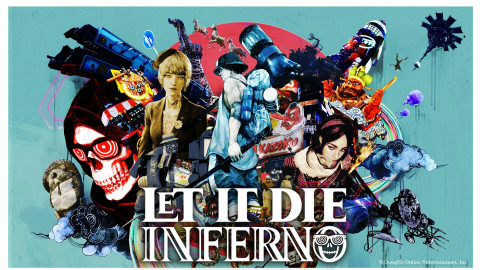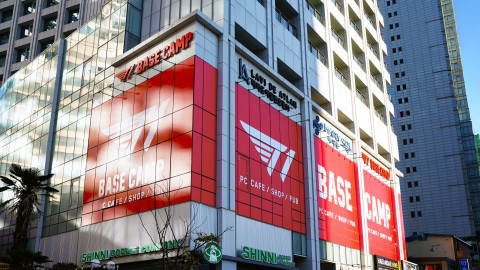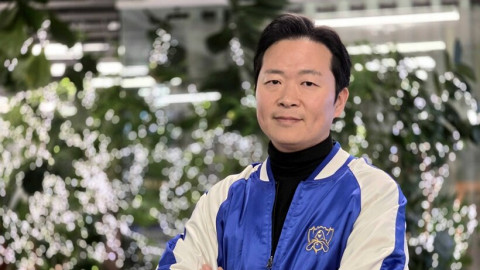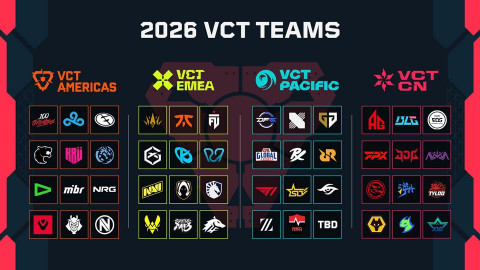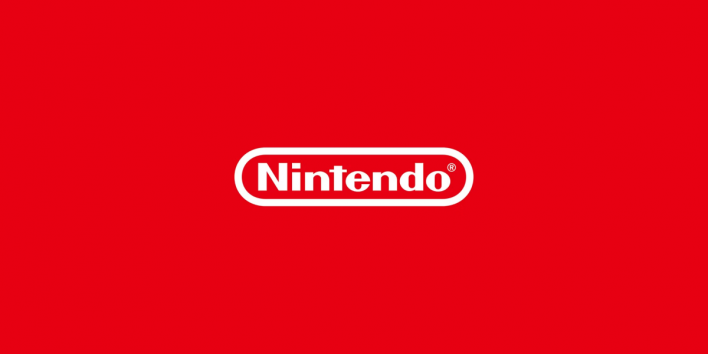
Nintendo has officially denied reports that it lobbied the Japanese government regarding generative AI. At the same time, it said it will continue to take necessary action against intellectual-property infringement regardless of whether generative AI is involved.
The controversy flared after a surge of videos from OpenAI’s newly released video-generation model “Sora 2” showed Nintendo characters like Mario and Pikachu being generated without authorization. In response, multiple reports claimed Nintendo had contacted the Japanese government in an effort to protect its intellectual property (IP).
The most concrete claim came on the 4th, when Satoshi Asano, a member of Japan’s House of Representatives from the Democratic Party for the People (DPFP), posted on social media. He asserted that Nintendo “is avoiding the use of generative AI to protect intellectual property and is also taking part in lobbying efforts with the government.” Citing a “Guidebook for the Utilization of Generative AI in Content Production” recently issued by Japan’s Ministry of Economy, Trade and Industry (METI), he further claimed that “Nintendo strongly shaped the policy direction.”
On the 5th, Nintendo flatly refuted these assertions via its official X (formerly Twitter) corporate communications/IR account and on its IR website. In a statement, the company wrote, “Contrary to recent discussions on the internet, Nintendo has not had any contact with the Japanese government about generative AI,” adding, “Whether generative AI is involved or not, we will continue to take the necessary actions against infringement of our intellectual property rights.”
Nintendo has long been known for vigorously protecting its intellectual property. From fan-made projects to emulation and, most recently, litigation tied to “Palworld,” the company has consistently pursued legal action against what it deems IP-infringing threats.
In an interview published earlier this year, Nintendo of America President Doug Bowser also outlined the company’s stance on generative AI. “We still believe that what makes our games special is our developers, their artistic ability, and their insights into how people play,” he said, stressing that “there will always, always be a human touch and human involvement in how we develop and produce games.”
Nintendo’s position stands in contrast to many Japanese game companies today. In 2024, Square Enix CEO Takashi Kiryu said the company would “aggressively apply AI,” and acknowledged that AI was “experimentally used” in the shooter Foamstars. Level-5, famed for the Professor Layton series, uses Stable Diffusion; Capcom has likewise acknowledged experiments with generative AI; and Sega operates its own in-house AI team.
Indeed, a recent survey by the Computer Entertainment Supplier’s Association (CESA), organizer of Tokyo Game Show, found that more than half of Japanese game companies are already using AI in development.
Industry watchers say that even though Nintendo denied any direct lobbying, its reaffirmed resolve to respond forcefully to IP infringement sends an important signal for AI and the broader creative industries.
Meanwhile, regulatory discussions over generative AI have been intensifying in Japan. While acknowledging the convenience of generative AI, Representative Asano emphasized growing risks to creators’ rights. He also cited recent legal actions by several Japanese media outlets—including a ¥21.7 billion (approx. ₩20.4 billion) damages claim by the Yomiuri Shimbun against Perplexity over unauthorized use of articles, alongside similar moves by Nikkei and the Asahi Shimbun. Overseas, The New York Times has sued OpenAI, and Getty Images is in legal dispute with Stability AI.
This article was translated from the original that appeared on INVEN.
Sort by:
Comments :0


